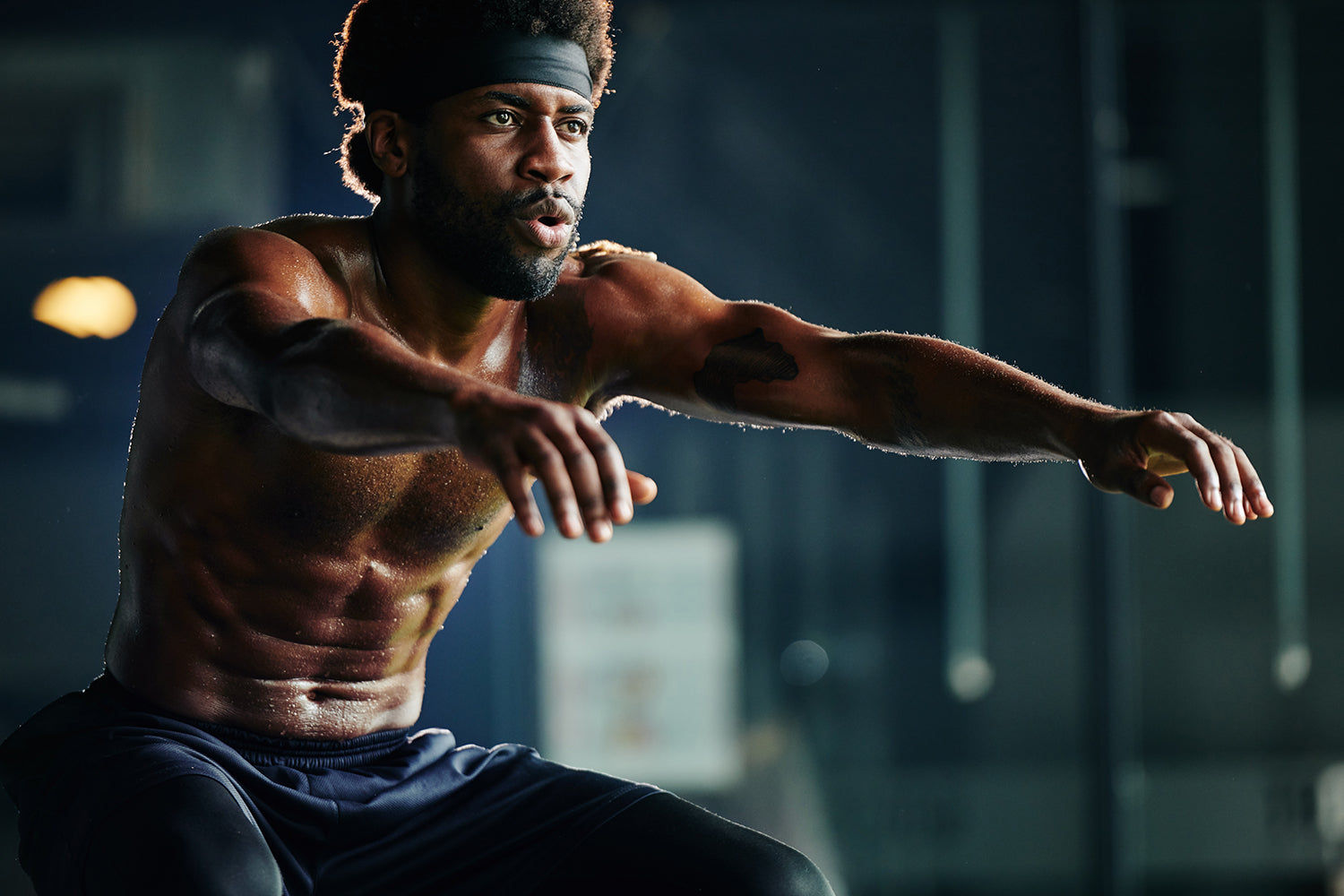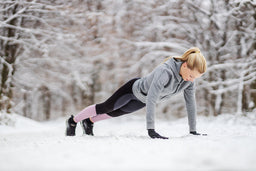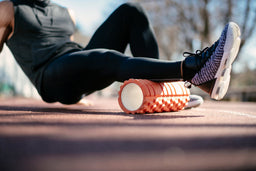
Different Ways To Use Squat Ramps In Your Workouts
Different Ways To Use Squat Ramps In Your Workouts
Squat Ramps have become more common and prevalent in training practices in recent years. As we have debunked, analysed and improved training methods and exercises, we have grown to understand new ways of training and how to best achieve all round strength. These varying types of training are now readily available to everyone, including previously underused, unknown and mysterious methods. I think Squat Ramps come under this heading. But how can you use them most effectively? Let’s find out.
Firstly, Squat Ramps are tools, normally made of rubber or hard plastic, you can use under one or both feet during Squats to elevate the heels. How do they impact your Squats? Well, with heel elevation, you are alleviating pressure from the joints for starters.
This study from 2017 (The Effects of a Heel Wedge on Hip, Pelvis and Trunk Biomechanics During Squatting in Resistance Trained Individuals) by Charlton et al showcases how that range of motion improves knee range and discusses joint articulation.
Raising your heels decrease ROM (range of motion) from the hips and increases ROM from the knee. This allows us to work on knee strengthening and ranges specifically improving overall knee health and mobility. Also this increased ROM allows you to squat deeper and heavier, so even with the same weight, you can apply progressive overload to your Squat training. This elevation can also lead to reduction in cramp through the calf musculature during Squatting, by strengthening the calf musculature from that elevated position. With elevation, the emphasis moves to be more quad dominant, meaning you can actually mix up your Squat routine to work glutes, quads and hamstrings as well as the calves.
Your ankle mobility is also improved as lifting the heels not only shifts your weight balance, but also places your ankle into dorsiflexion (toes pointed downward) adding new load to muscles differently activated by Squatting.
You could also use lifting shoes, but the stability isn’t as good, and you can’t alter the angles of that incline, which is one of the things that make Squat Ramps so versatile. This way you can scale using Squat Ramps to your goals and training methods.
You can also use Squat Ramps to add to your Knees Over Toes training, to improve mobility and strength in the end ranges of lower limb movement. I have suffered with knee pain all my life, so Squats have been difficult for me under heavy loads in the past. But from elevating the heel and really focusing on my split squat technique I have improved my ranges, strength and reduced my pain no end.
Squat Ramps are also great tools for progressing towards more complex squats, such as sissy squats, allowing your body to move through a greater range of motion without the strain of going from a flat foot.
We’d love to see your Squatting progress so tag us on IG @gravity.fitness so we can see how low you can go! Or are there any other tips and tricks you have for squat ramps? We’d love to see them!
































